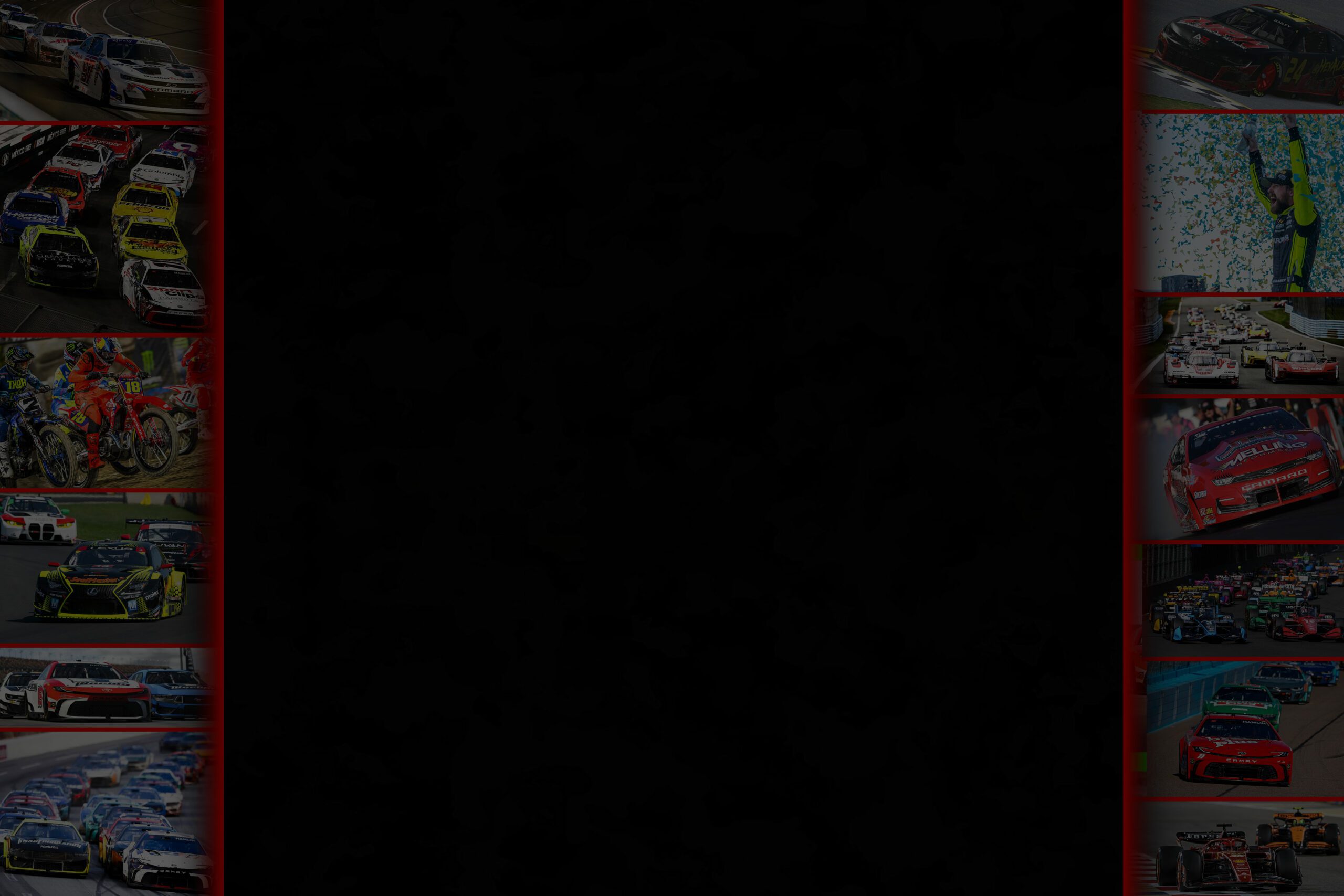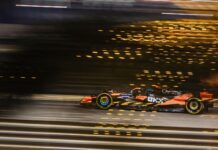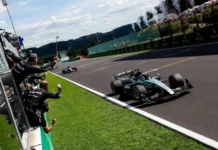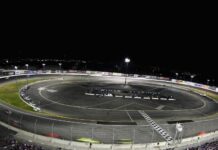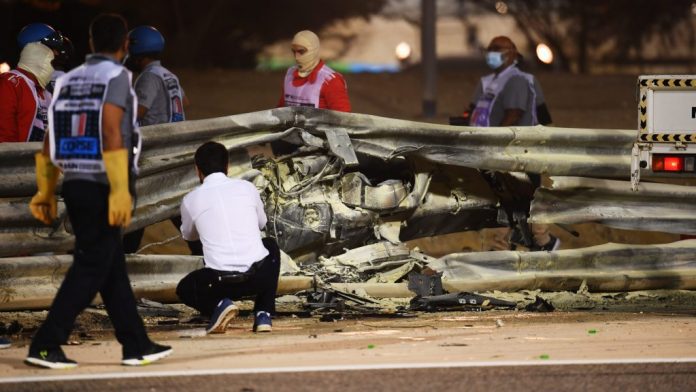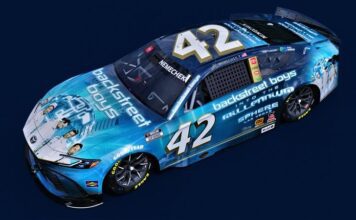Formula One and its FIA sanctioning body will begin an investigation with “very careful scrutiny” of the Bahrain Sakhir circuit as the series prepares to race at the track again next weekend after Romain Grosjean survived a fiery crash into an Armco barrier Sunday.
That wreck on the opening lap of the Bahrain Grand Prix occurred on the 5.4-kilometer (3.3-mile) circuit that usually plays host to F1. The Sakhir Grand Prix will use the smaller, 3.5-kilometer (2.2-mile) outer circuit of the track for the Dec. 6 race, the midpoint of a three-race stretch in the Middle East that will conclude the 2020 season.
The alternate circuit, which has three long straightaways with two linked by a corner in a manner similar to an oval, will be making its debut in international competition, and there likely will be a renewed focus on the layout after Grosjean’s wreck, which drew praise for safety enhancements but also some criticism of the barrier in the violent impact.
In the high-speed, head-on collision, Grosjean’s car was cut in half after penetrating the steel barrier and sparking a massive fireball — as well as questions about the factors that precipitated the scene.
“I haven’t looked at the images a lot because, to be honest, I didn’t really want to, but the main thing is (Grosjean) got out,” four-time F1 champion Sebastian Vettel told Sky Sports. “I don’t know how, to be honest.
“Obviously, the guardrail is not supposed to fail like that. It’s good the cars are safer than they used to be in the past, but the guardrail shouldn’t fail, and the car shouldn’t catch fire in that fashion. There’s a lot of precautions that it doesn’t catch fire. I don’t know what happened there. It’s difficult to say at this stage, but the main thing is obviously that he got out.”
In a Sky Sports interview, Ross Brawn, F1’s managing director of motorsports and technical director, said the track would be part of the crash review.
“Undoubtedly, we’re going to do a very deep analysis of all the events that occurred because there were a number of things that shouldn’t have happened,” Brawn said. “The fire was worrying. The split of the barrier was worrying. I think the positives are the safety of the car. That’s what got us through today.”
Grosjean attributed having survived the crash to the halo device, which was instituted with the 2018 season to offer drivers greater protection.
“The barrier splitting was a classic problem many years ago that normally resulted in a fatality,” Brawn said. “There’s absolutely no doubt the halo was the factor that saved the day and saved Romain.
“But I think all the team behind it just need crediting for forcing it through. If you recall, there was quite a lot of controversy about introducing it, and I don’t think anyone now, especially after today, can doubt the validity of that and devalue it. Hats off to everybody involved because it was a lifesaver today.”
The severity of the wreck shook many of Grosjean’s peers.
“I was shocked; from my generation, I’ve never seen things like this,” AlphaTauri driver Pierre Gasly said. “In the past, it was more common. It was really scary. I had no idea a Formula One car could break that way and especially go through the barriers.”
Armco barriers, which are similar to the guardrails used on interstate highways, have been used in F1 and other racing series for decades.
“It’s a barrier which would be very unusual to hit in the way Romain hit that barrier,” Brawn said. “For sure, there’ll be some very careful scrutiny between now and the next race. Any information we can gather between now and the next race, we’ll do so. And I’m sure any action that will be taken that needs to be done.
“But it’s something we haven’t seen in a very long time, and I think the safety standards at the circuits are exceptional. But today we saw something we didn’t predict.”
Brawn said it could have been worse. Though F1 cars typically are carrying 100 kilos of fuel at the start of a race, he estimated only a few kilos of fuel burned in the fire.
“We have to look at how everything failed,” Brawn said. “Because everything is designed to fail in the progression. But in a crash that catastrophic, obviously things failed in an unpredicted way. Obviously the car came apart. We had a fuel fire, which is something we haven’t had for a very long time. The fuel cell is incredibly strong. I suspect that came from a ruptured connection.”
According to Yahoo! Sports, the FIA’s crash report could last for months, and race director Michael Masi said he didn’t want to speculate on the cause of the fire.
McLaren driver Carlos Sainz Jr. told Sky Sports he had “full confidence (in) what the FIA are doing and how they ard handling the sport,” noting the implementation of the halo despite pushback (including some from Grosjean and other drivers).
“I think it’s a great opportunity to keep learning of how to keep making these cars safer and the sport safer,” Sainz said. “At the same time, I guess the demonstration that every time we are jumping in one of these beasts, we are putting our life in a bit of a compromised situation, and that has to be respected, and today proved that freak accidents can still happen in Formula One.”
